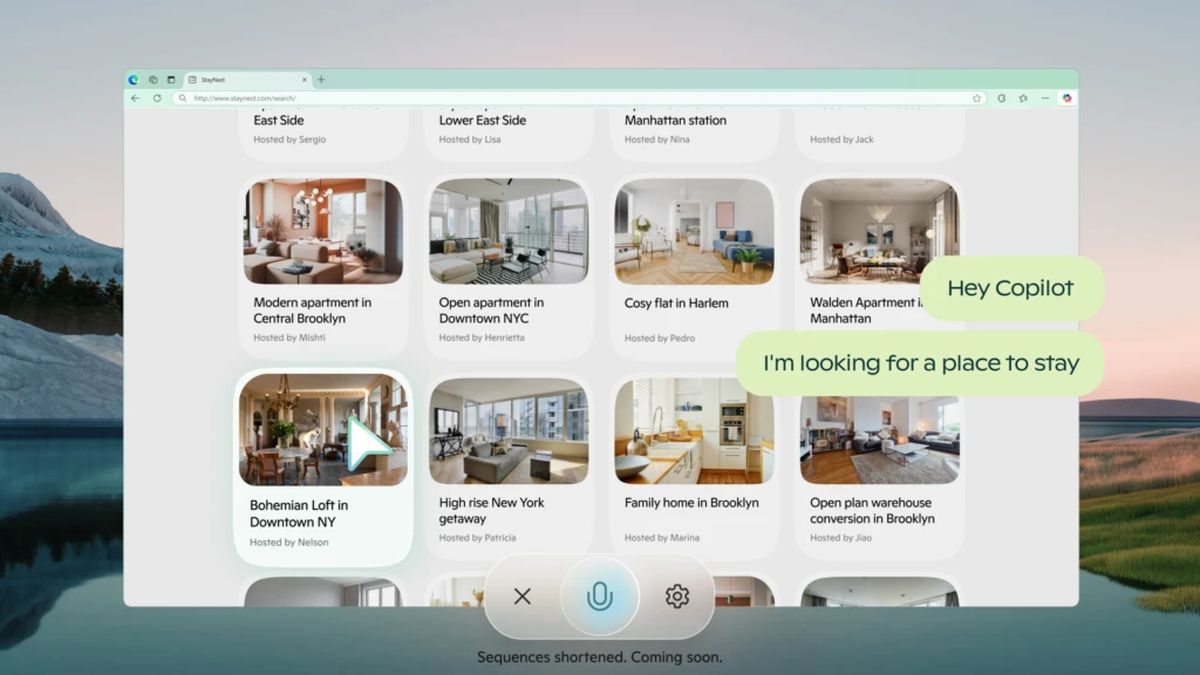Microsoft rolls out Copilot Vision that reads the web with you

Microsoft has released a preview of Copilot Vision, an AI tool capable of reading and interacting with content on websites. Available for U.S. subscribers of Microsoft’s $20 monthly Copilot Pro plan, the feature allows users to engage with web pages more dynamically. Copilot Vision can respond to queries about text and images found on the sites visited, summarize information, and provide translations. Users can ask for help with tasks, such as finding recipes or tracking down discounts, making browsing more interactive. The initial rollout is limited to select popular sites, with restrictions on paywalled and sensitive content.
“Since we first announced the new consumer Copilot in October, we have loved seeing the ways people have made Copilot their own. It has helped people think through their ideas and get a fresh perspective, has made it less overwhelming to find the right information, and has even helped people feel supported when navigating difficult conversations.”
-Microsoft
Microsoft launches preview of Copilot Vision AI toolCopilot Vision integrates into Microsoft Edge, functioning solely in the U.S. at present. It enables the AI to “see” the page the user is visiting, read alongside them, and assist in navigating challenges encountered online. Users who enable this functionality can converse with the AI about the web content, promoting a collaborative browsing experience. Importantly, the feature is opt-in and designed with privacy in mind; all data viewed during a session is deleted afterward. Microsoft states that no processed audio, images, or text will be stored or used for AI training during this preview phase.
Despite its capabilities, Copilot Vision currently restricts access to a predefined selection of websites, which Microsoft has labeled as “popular” and “approved.” Content deemed sensitive or paywalled remains inaccessible to the tool. A Microsoft spokesperson indicated that the list of authorized sites is determined on a case-by-case basis, suggesting that the categorization process may include varied content types. Many publishers are wary of AI tools using their data without permission, a concern stemming from ongoing legal disputes over AI training and paywalls.
Microsoft has faced pushback from major publishers regarding how AI processes web content. The company has confirmed that they will respect sites’ machine-readable controls to protect against unauthorized scraping, though specifics on which controls will be acknowledged remain unclear. Furthermore, Microsoft has committed to receiving feedback from those it collaborates with to enhance user engagement while respecting publisher interests.
The concern for user data privacy is echoed in Microsoft’s marketing of Copilot Vision. The company emphasizes that the tool facilitates a more seamless exploration of the internet while maintaining strict privacy protocols. Optional features lend themselves to user autonomy; individuals can choose to enable or disable AI browsing assistance as they see fit. The lack of information about which types of content will be blocked or allowed signals ongoing developments and potential adjustments as user feedback is gathered.
“As we’ve built Copilot Vision, we have made your security, control and privacy the top priority. To start, Vision is entirely opt-in, so you decide when to turn it on as your second set of eyes on the web. In addition, once you end a session with Vision, all data about what you say and the context you share with Copilot is deleted. Every time you use Vision, your data is handled and protected in accordance with the Microsoft Privacy Statement. Only Copilot’s responses are logged to improve our safety systems.”
-Microsoft
Featured image credit: Microsoft
